When it comes to selecting the perfect pair of training shoes, the market offers a plethora of top-notch brands designed for enhancing your workout experience. Renowned names like Nike, Adidas, and Under Armour consistently lead the pack with innovative technology and stylish designs tailored for various fitness activities. Meanwhile, brands such as New Balance and Asics provide exceptional comfort and support, becoming favorites among serious athletes and fitness enthusiasts alike. To help you navigate the vast selection and find the best fit for your needs, we've compiled a comprehensive list of the best training shoe brands below.
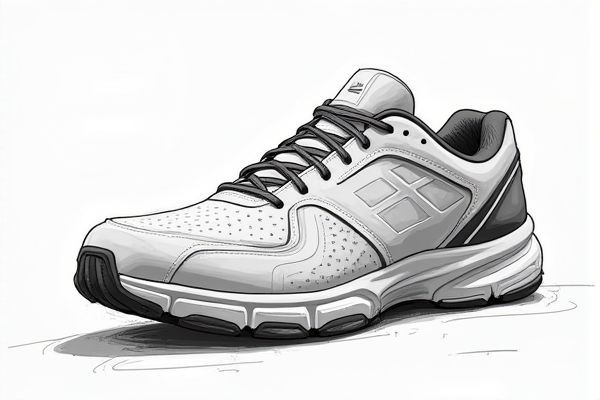
Illustration of training shoes
Best brands of training shoes in 2025
Nike
Nike remains a dominant force in the training shoe market, holding a significant 38.2% of the total footwear market and 30% of the athletic footwear market as of 2022. The brand has seen a 67.6% increase in its athletic footwear market share since 2011 and maintains a strong grip on the basketball shoe sector with an 86% market share as of 2019. Nike's footwear segment accounts for 62.5% of its global revenues, with the brand producing approximately 800 million pairs of shoes annually. The Air Jordan line, introduced in 1985, has been a pivotal factor in Nike's success, contributing $5.1 billion to Nike's revenue in 2022. Despite recent sales declines, Nike's market share and brand influence remain unparalleled. For more detailed insights, visit the Nike shoes statistics page.
Adidas
Adidas is a leading producer of sportswear and footwear, particularly renowned for its high-quality training shoes. As of 2022, Adidas held a 15.4% market share in global athletic footwear and a 14.7% share in the sneaker market. The company experienced a 3.1% growth in 2022, with footwear revenue reaching $13.2 billion. Adidas' footwear segment accounted for 55.1% of its total net sales in 2022, highlighting its dominance in the market. The brand's innovative approaches, including experiential marketing and sustainable initiatives like the UltraBOOST Parley shoes, have contributed to its strong market position. For more details on Adidas' market performance and product range, visit their official statistics page.
Under Armour
Under Armour has emerged as a formidable player in the athletic apparel and footwear market, particularly in training shoes, by surpassing Adidas to become the second-largest sports brand in the U.S. As of 2024, Under Armour's sports apparel sales account for 14% of the U.S. market, more than twice that of Adidas, and its combined apparel and footwear sales have reached $1.2 billion through August, a 20% increase from the previous year. The company's global footwear sales have shown significant growth, reaching $1.455 billion in 2023, and it holds a 9% market share in the U.S. athletic footwear industry. Under Armour's focus on women's sports apparel and footwear, along with its expansion into new markets and retail outlets, has been a key factor in its success. The brand's ability to navigate economic challenges and adapt to market dynamics has further solidified its position. For more details about their products and innovations, visit their official website.
Reebok
Reebok, once a dominant force in the athletic footwear market, notably surpassed Nike in the mid-1980s with sales of $1.82 billion in 1989, and its innovative products like the Freestyle and Pump were game-changers in the 1980s and 1990s. Although its market share has declined significantly, with only 1.1% in the sports footwear space and 0.3% in apparel as of recent years, Reebok still offers a range of athletic shoes designed for various activities like running, weightlifting, and cross-training, emphasizing technology and comfort. Despite its current 16th rank in sales, Reebok's retro sneakers remain iconic and timelessly authentic. The brand's history and cultural impact, particularly in the 1980s and 1990s, continue to influence its appeal. Reebok's products are now focused on design and brand oversight, with a strong presence in Boston. For more information, visit their official website.
New Balance
New Balance is a prominent player in the athletic footwear market, particularly known for its high-quality training shoes. With a brand awareness of 88% among sneaker owners in the United States, New Balance enjoys a significant market presence, and 27% of these owners actively use the brand's products. The brand's loyalty is also notable, with around 22% of sneaker owners indicating they are likely to purchase New Balance again, translating to an impressive 81% loyalty among its customers. In terms of market share, New Balance holds a 5% stake in the athletic footwear sector in the US. The brand's popularity is further underscored by its strong offline and online sales presence.
Puma
Puma is a leading producer of training shoes, holding a significant 5.1% share in the global sneaker market and a 2.1% share in the global athletic footwear market. In 2022, Puma generated $4.6 billion in footwear revenue, marking an impressive 28.8% year-on-year growth from 2021. The brand has consistently increased its market presence, doubling its global shoe market share from 0.63% in 2018 to 1.2% in 2022. Puma also dominates in specific segments, such as American football shoes, with a 7% market share. The company ambitiously aims to reach $6.2 billion in footwear revenue by 2030. For more detailed Puma shoes statistics, you can visit their comprehensive report.
Asics
ASICS is renowned as one of the best producers of training shoes, holding a global market share of 8.1% in the athletic footwear industry and a significant 13.3% market share in the running shoe segment as of January 2020. The brand specializes heavily in performance running, generating approximately 50% of its revenue from this segment and commanding more than 10% of the global performance running market. ASICS' innovative technologies, such as GEL™ have been pivotal in its success, providing superior cushioning and support for runners. In the U.S., ASICS accounts for about 6.5% of the athletic footwear market share, making it a strong competitor among major brands like Nike and Adidas. With a rich history dating back to 1949 and a merger in 1977 that formed the current ASICS company, the brand continues to embody its founding philosophy of "Anima Sana In Corpore Sano" or "a sound mind in a sound body." Discover more about the brand's founder story and history.
Brooks
Brooks Running has solidified its position as a leading producer of training shoes, maintaining the No. 1 spot in the adult performance running footwear market at U.S. retail for the 11th consecutive quarter, with a 21% market share in 2023. The brand achieved record revenue of $1.2 billion in 2023, a 5% year-over-year increase, and sold over 20 million units. In the third quarter of 2024, Brooks posted a 22% year-over-year footwear revenue growth in U.S. specialty retail, outpacing the total market. The brand's success is driven by strong demand for models like the Ghost, Glycerin, and Ghost Max, and significant growth in regions such as Asia Pacific/Latin America and Europe, Middle East, and Africa. Brooks' global revenue surpassed $1 billion year-to-date through September 2024, marking a new milestone. For more information, visit the Brooks Running official website.
Saucony
Saucony, established in 1898, is a renowned brand in the athletic footwear industry, particularly excelling in producing high-quality training shoes. With a market share of 5% in the US athletic footwear sector, Saucony is recognized as one of the top brands globally. The brand is known for its innovative technologies such as ISOFIT and EVERUN, providing superior fit, comfort, and performance for runners. Saucony's products cater to various running styles, including trail running, racing, and walking, and the brand enjoys a loyal customer base with around 60% of its owners likely to purchase again. Saucony's commitment to innovation and quality has made it a leader in the running shoe market.
Hoka One One
Hoka One One has emerged as a leading producer of training shoes, driven by its robust growth, with a 34% increase in sales in the fiscal fourth quarter of 2024 and a 27.9% increase for the full year, reaching $1.8 billion in annual sales. The brand's success is attributed to its strong full-price selling, record gross margins, and expanding appeal to both hardcore runners and casual sneaker wearers. Hoka's DTC penetration increased to 38% of sales, with international DTC sales jumping over 50% in both acquisition and retention. The brand's innovative products, such as the Cielo X1, and its strategic partnerships have further solidified its position in the market. Hoka aims to continue its growth, with predicted sales expansion of approximately 20% in the current fiscal year. For more insights on Hoka's accelerating growth, read Hoka's growth accelerates on robust full-price selling.


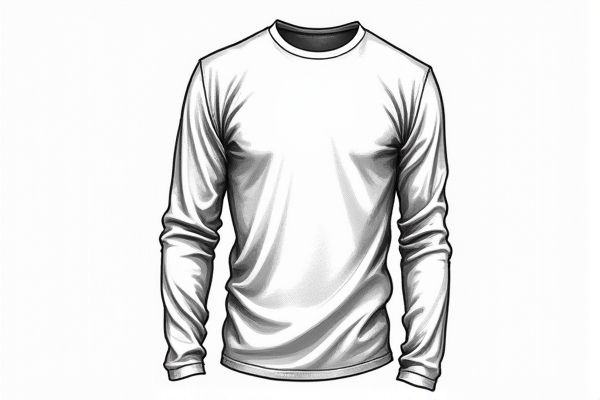

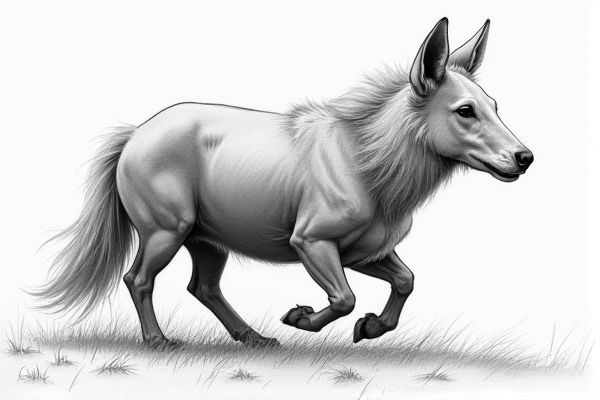





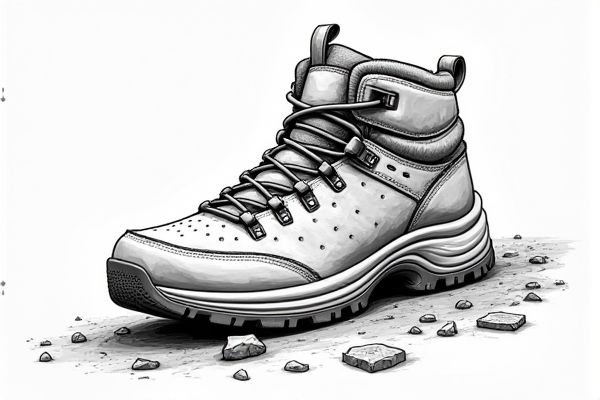
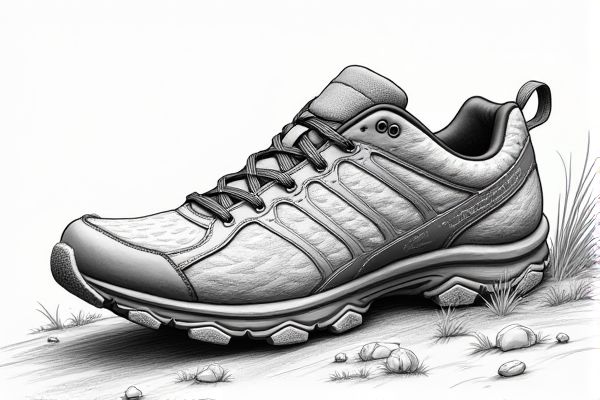
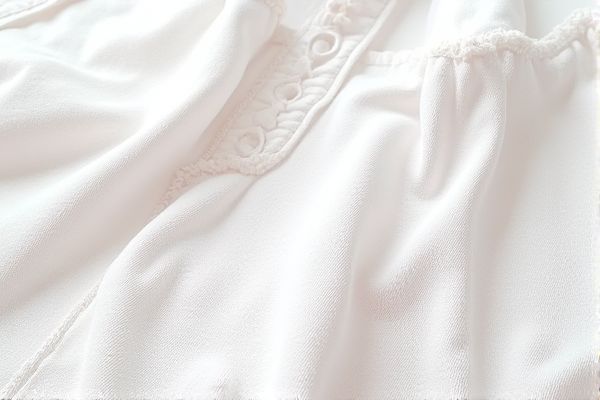
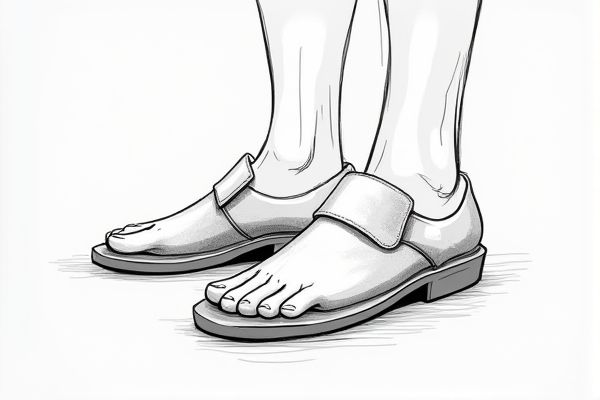
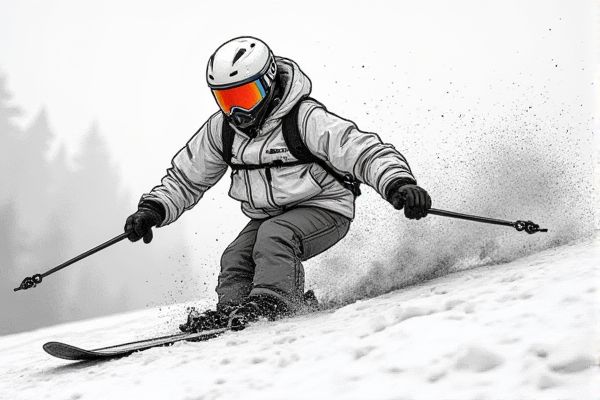
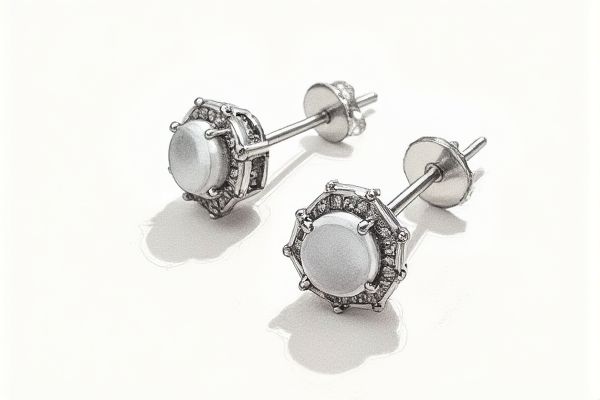
Leave a Reply
Your email address will not be published.